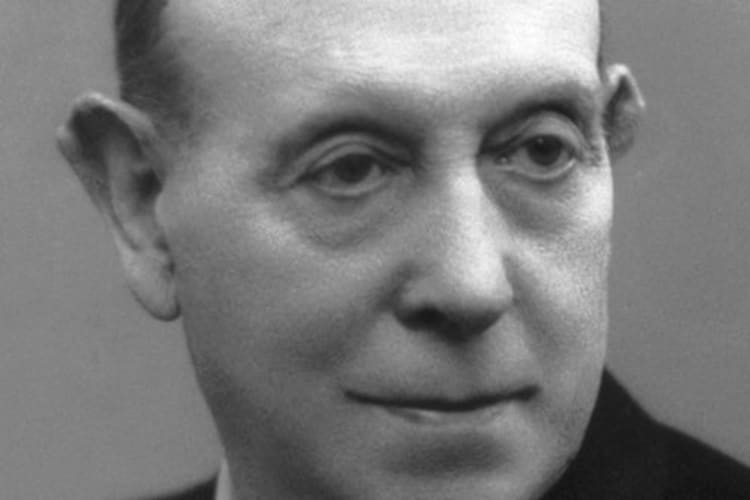Antonio Egas Moniz (29 November 1874 – 13 December 1955) was a Portuguese neurologist. He was awarded the Nobel Prize in Physiology or Medicine in 1949.
Life and Career
Antonio Egas Moniz was born on November 29, 1874, in Avanca, Portugal. He came from a wealthy and influential family. Moniz displayed an early interest in medicine and went on to pursue a medical degree.
Moniz studied at the University of Coimbra in Portugal, where he earned his medical degree in 1899. He continued his education abroad, studying in France and Germany, and became particularly interested in neurology and psychiatry.
Moniz returned to Portugal and became a professor of neurology at the University of Lisbon. He made significant contributions to the field of neurology and published numerous papers on topics such as cerebral angiography, and the study of blood vessels in the brain. In 1927, Moniz introduced cerebral angiography, a technique that allowed for the visualization of blood vessels in the brain. This innovation marked a significant advancement in the understanding of cerebral circulation.
However, Moniz’s most controversial contribution to medicine was the development of the prefrontal lobotomy. In 1935, he performed the first prefrontal lobotomy on a human patient, aiming to alleviate psychiatric symptoms by disconnecting certain neural pathways in the brain. The procedure gained popularity as a treatment for various mental disorders, but it was highly controversial due to its irreversible and often unpredictable effects on patients.
In 1949, Antonio Egas Moniz was awarded the Nobel Prize in Physiology or Medicine for his development of cerebral angiography. Despite this recognition, the prefrontal lobotomy continued to be a subject of intense debate, with growing concerns about its ethical implications and the lack of scientific evidence supporting its efficacy.
Moniz died on December 13, 1955, in Lisbon, Portugal.
Award and Legacy
Antonio Egas Moniz was awarded the Nobel Prize in Physiology or Medicine in 1949 for his significant contributions to the development of cerebral angiography. This technique, which he introduced in 1927, allowed for the visualization of blood vessels in the brain, advancing the understanding of cerebral circulation. The Nobel Committee recognized Moniz’s work as a pioneering achievement in the field of neurology.
Moniz’s groundbreaking work in cerebral angiography has had a lasting impact on the study of the brain’s blood vessels. This technique remains an essential tool in neuroimaging, providing valuable insights into vascular abnormalities and contributing to the diagnosis and treatment of neurological disorders.
Moniz’s legacy is deeply intertwined with the prefrontal lobotomy, a procedure that he pioneered in an attempt to treat psychiatric disorders. While lobotomy was initially hailed as a revolutionary treatment, it later became highly controversial due to its irreversible and often damaging effects on patients. The procedure fell out of favor as safer and more effective treatments for mental illness were developed, leading to a reevaluation of Moniz’s contributions in this context.
The legacy of Antonio Egas Moniz is also marked by ethical concerns surrounding the prefrontal lobotomy. The procedure was criticized for its lack of scientific basis, the potential for severe side effects, and the questionable ethics of altering a person’s personality and cognitive functions through irreversible surgery. The lobotomy’s decline in popularity contributed to a reassessment of ethical standards in psychiatric treatments.
Despite the controversy surrounding the lobotomy, it played a role in shaping the history of psychiatric treatments. The ethical and medical challenges posed by the lobotomy prompted the medical community to reevaluate treatment methods and prioritize more evidence-based and humane approaches to mental health care.

